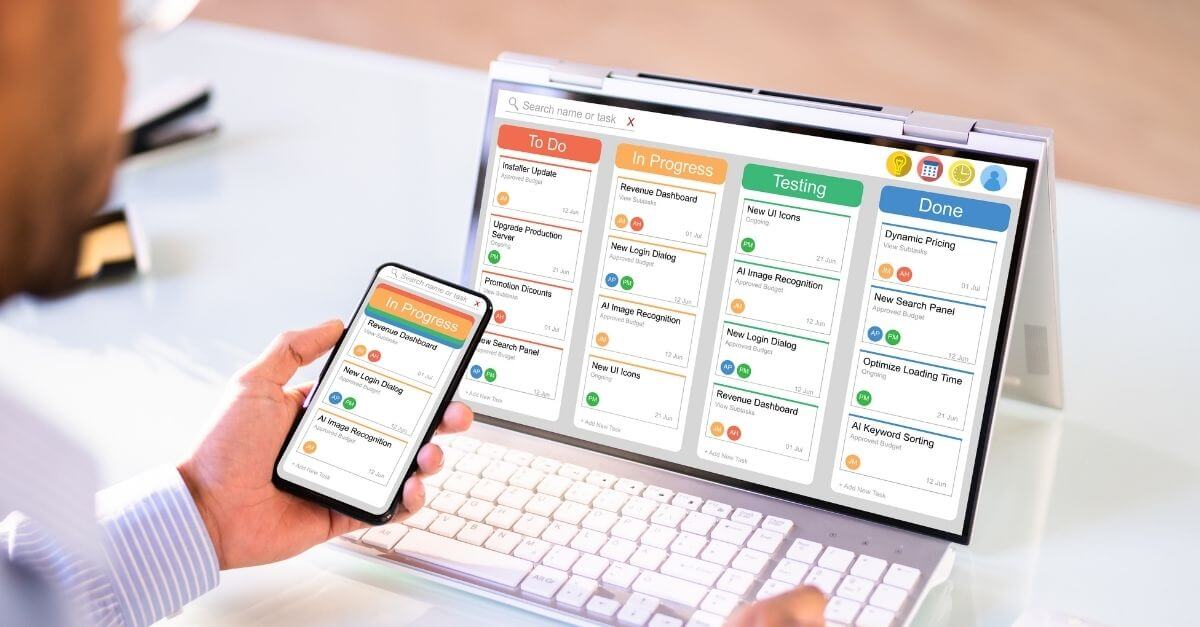Product Owner vs Product Manager: key differences

In
the scrum
teams that are implemented to develop Agile methodologies, there are two figures that are key, but that generate confusion. These are the Product Owner (PO) and the Product Manager (PM). Moreover, if its functions are not well understood, interference and an inefficient environment are normal.
That is why it is important to know their main differences well.
A clarification of the concepts of Product Owner and Product Manager
On many occasions, those who are not fully initiated in agile methodologies find that both professionals do exactly the same thing. However, if Scrum teams are managed well, there is no duplication of tasks.
To describe it in a very simple way, the Product Owner is in charge of what is delivered and, carried out by the whole team, has the greatest possible value for the client or user and their market. On the contrary, the Product Manager takes charge of the final vision of the product and its launch. That is, it is aware of the external market from the development phase, something that can make it provide modifications to the work of the team to ensure a service that interests potential buyers.
Of course, the distribution of tasks between one figure and another depends on the size of the company and some similar aspects. A context of a small startup focused on a single product is not the same as that of an already consolidated company that has dozens of products in full development. In each context, a flexible methodology must be applied to find the right balance between both profiles.
This explanation is very simple, but it has to serve to begin to understand that we are talking about two different profiles. Of course, what has been said so far is only the tip of the iceberg of the differences between the two, so these have to be developed in more detail.
Decision on backlog content
The
Product Backlog
is an essential tool within any Scrum team. It is, put in a very simple way, a list with all the works that make up the execution of the project. The mission of this is that these can be planned and that they are visible to all members of the team, even if they do not have to be part of some specific ones.
Well, the content of the Product Backlog is the sole responsibility of the Product Owner. This profile is the one that has to take charge of the communication and division of tasks to achieve their fragmentation.
If this does not happen, it is possible to find in many organizations a PO vacuum of responsibility that really creates an ineffective development of the team. It is important to respect this task and assume that each of these profiles has its own space.
The Executive Responsibility of the Product Owner over the results of the product
The design of the Product Backlog is something that falls within the sphere of group planning. However, a very different aspect is that of the execution of such planning.
In this case, the responsibility lies with the PM. Moreover, there are companies in which several products are being developed in which this is seen more easily. In this type of companies, it may happen that there is a single PO in charge of designing the backlogs of many products that are in charge of different PMs. The execution of each of the plans is the work of this last profile.
Moreover, it is the product manager who must be asked to take responsibility for this step and who must be consulted when doubts arise.
The FP has responsibilities that may encompass those of the OP
The spectrum of responsibilities of the Product Manager can easily encompass those of the Product Owner. This happens in contexts that are based on Scrum. In them, the PO is seen as a representative of the product that manages all its task from a small scope.
On the contrary, that of the PM is much broader. Of course, if what you want is for the team to work in an organized way, it is best to respect the functions of each of the profiles and not erase the borders that exist. It is of little use to mix planning and execution. Moreover, this can only lead to strategies that ultimately fall on a single person, so the whole process is impoverished by lack of perspectives.
Entrepreneurship and strategy
What is going to be explained here is something that happens in certain contexts such as the Nexus framework , although it is very important to take it into account. There are not a few times in which the PO is the same owner of most of the product. That is, it is the entrepreneur who has undertaken with an idea that is his own. This is fundamental, since being the owner of the product implies that you have to be responsible for it and be available for strategy and planning tasks.
But what it does not mean at all is that you have to take care of everything at all. Therefore, most entrepreneurs who take the role of the PO look for a series of experts in the execution of their idea. This profile would be that of the PM.
It is not necessary to justify too much the fact that an entrepreneur resorts to experts in different sectors to achieve better results in the execution of his project. These can range from SEO technicians to UX specialists. No matter the profile, what it is about is to have professionals who are able to contribute their experience to the original idea owned by the PO.
In Pasiona the importance of differentiating the Product Manager from the Product Owner is perfectly known. These are two figures that, if implemented well, can give many benefits to any project, so it is essential to take them into account when using Agile methodologies.
Product Manager, Product Owner, Scrum
Go back



